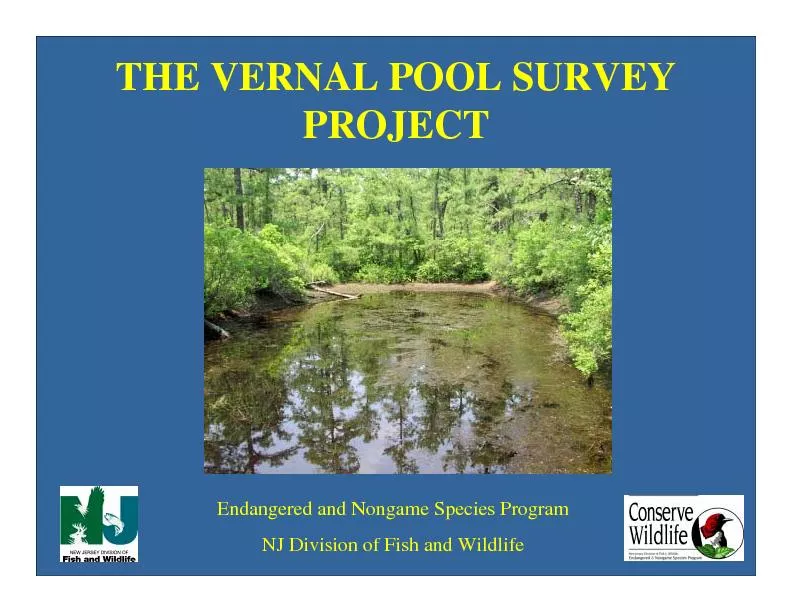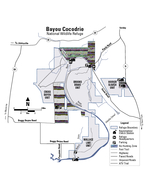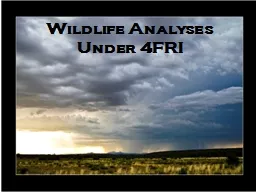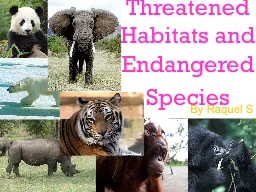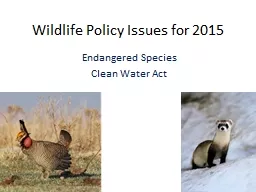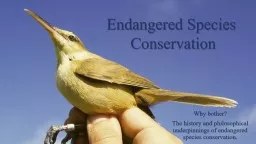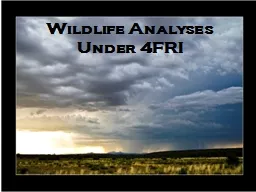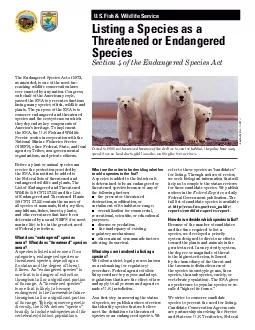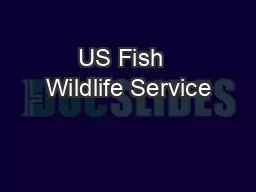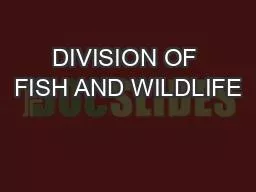PDF-Endangered and Nongame Species ProgramNJ Division of Fish and Wildlife
Author : marina-yarberry | Published Date : 2016-08-21
basin basin flowing flowingoutletoutlet TYPES OF VERNAL POOLS WOODLAND VERNALPOOLS OPENCANOPY EMERGENTVERNAL POOLS SCRUBSHRUBVERNAL POOLS VERNAL SWAMPS MANMADEVERNAL
Presentation Embed Code
Download Presentation
Download Presentation The PPT/PDF document "Endangered and Nongame Species ProgramNJ..." is the property of its rightful owner. Permission is granted to download and print the materials on this website for personal, non-commercial use only, and to display it on your personal computer provided you do not modify the materials and that you retain all copyright notices contained in the materials. By downloading content from our website, you accept the terms of this agreement.
Endangered and Nongame Species ProgramNJ Division of Fish and Wildlife: Transcript
Download Rules Of Document
"Endangered and Nongame Species ProgramNJ Division of Fish and Wildlife"The content belongs to its owner. You may download and print it for personal use, without modification, and keep all copyright notices. By downloading, you agree to these terms.
Related Documents

